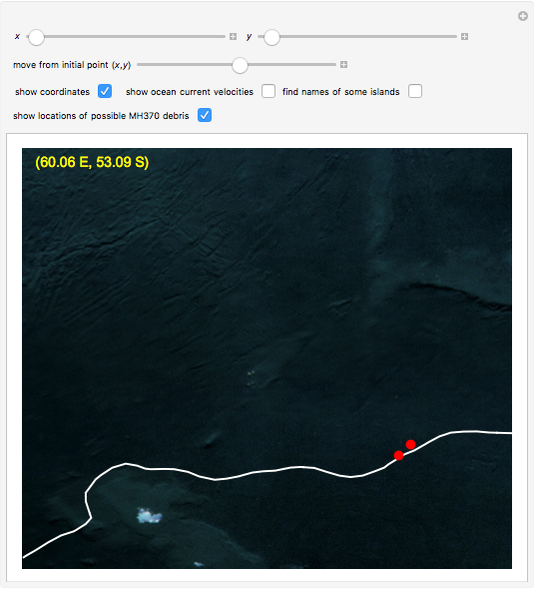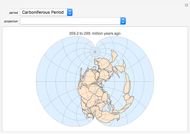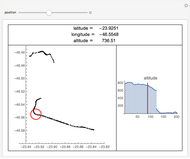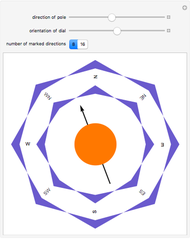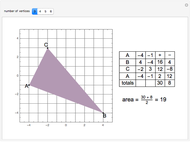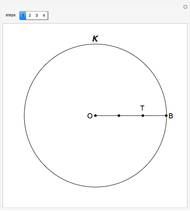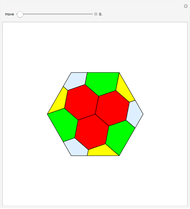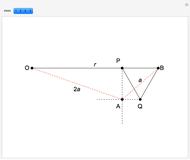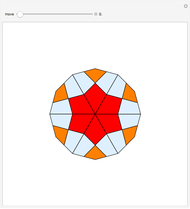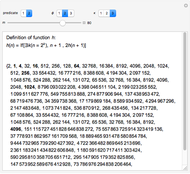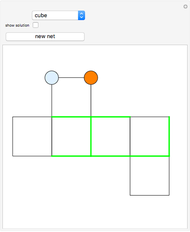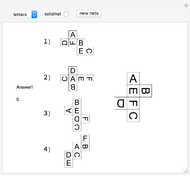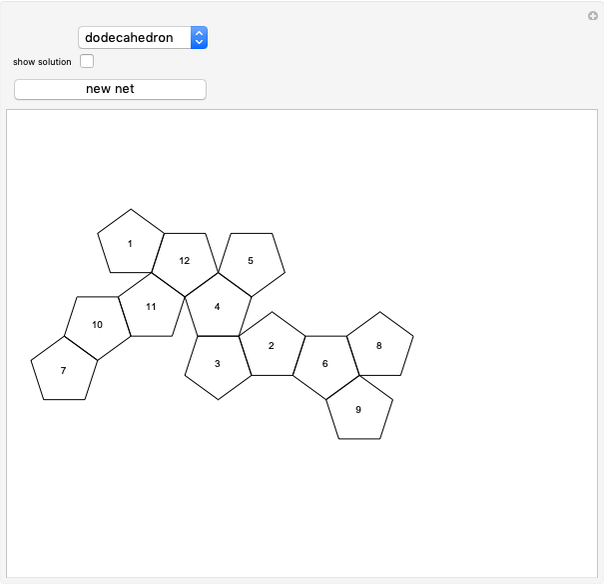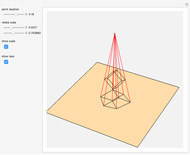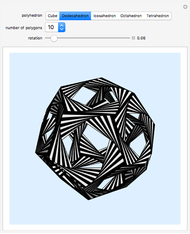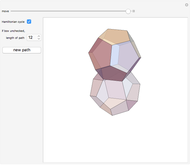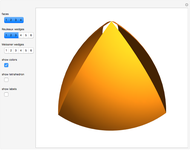South Pacific Currents and Dispersion of Coconuts

Requires a Wolfram Notebook System
Interact on desktop, mobile and cloud with the free Wolfram Player or other Wolfram Language products.
This Demonstration shows how a coconut could migrate under the influence of South Pacific currents. The region extends from 90° to 150° west and 30° south to 10° north. Although the data is the long-time average of surface currents, it still provides a plausible explanation for the dispersion of coconuts from atoll to atoll, without human intervention.
Contributed by: Izidor Hafner (April 2016)
Open content licensed under CC BY-NC-SA
Snapshots
Details
O. F. Cook was one of the earliest modern researchers to draw conclusions about the original source of Cocos nucifera (coconut) based on its current-day worldwide distribution. He hypothesized that the coconut originated in the Americas, based on his belief that American coconut populations predated European colonization, and he regarded pan-tropical distribution by ocean currents to be improbable. Thor Heyerdahl later used this hypothesis of the American origin of the coconut to support his theory that the Pacific Islanders originated in South America. However, more evidence exists for an Indo-Pacific origin around either Melanesia and Malesia or the Indian Ocean [3].
The coconut originated in the coral atoll ecosystem and, with its thick husk and slow germination, was to survive and disperse without human intervention [3].
Captain James Cook, on approaching the newly discovered, uninhabited island later called Christmas Island, wrote: "On the 24th (1777) about half an hour after day brake, land was discovered bearing NEBE1/2E, which upon a nearer approach was found to be one of those low islands so common in this sea; that is a narrow bank of land enclosing the sea within, a few Cocoa nut trees were seen in two or three places, but in general the land had a very barren appearance" [2, pp. 527].
The origin of coconut dispersion is still an open question. Models based on ocean currents alone appear to indicate that coconuts could not have drifted across the Pacific Ocean unaided. Circumstantial evidence indicates that Austronesian peoples carried coconuts across the ocean, and that worldwide dispersal could not have occurred without human agency.
References
[1] OSCAR Project Office, "Data Download for Ocean Surface Currents." (Apr 19, 2016) www.oscar.noaa.gov/datadisplay/oscar_datadownload.php.
[2] J. Cook, The Journals of Captain Cook (P. Edwards, ed.), New York: Penguin Books, 2003.
[3] Wikipedia, "Coconut." (Apr 19, 2016) en.wikipedia.org/wiki/Coconut.
Permanent Citation
"South Pacific Currents and Dispersion of Coconuts"
http://demonstrations.wolfram.com/SouthPacificCurrentsAndDispersionOfCoconuts/
Wolfram Demonstrations Project
Published: April 20 2016






